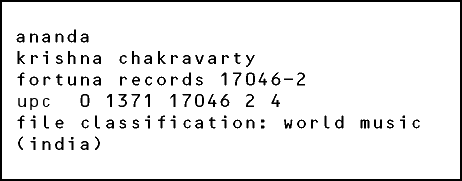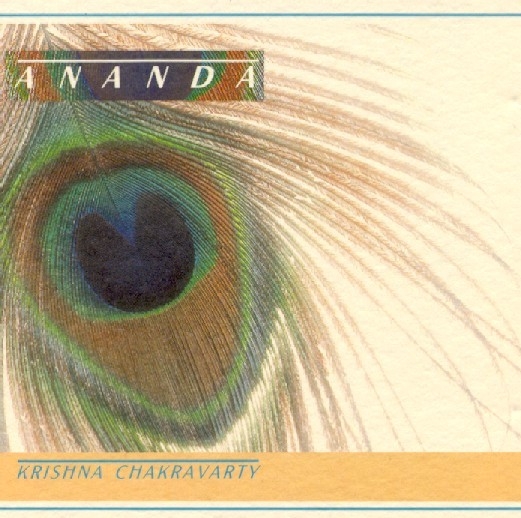 |
||||||||||||||||||
 
Mythologie, Spiritualität und Musik sind in der indischen Kultur eine Einheit. In den ältesten Schriften, den Veden, gilt der heilige Klang OM als Symbol für Brahman, für das Allumfassende. Die Rishis (Seher) singen OM, spüren die Essenz im Inneren und verbinden sich so mit dem Höchsten. Geht man heute durch eine Strasse in Bombay oder Varanasi, kann man aus einem Hindutempel die dreitönigen, rhythmisch skandierten vedischen Gesänge, aus dem Plattenladen einen Raga von Ravi Shankar, aus einem vorbeifahrenden Auto Bollywood-Sentimentals und auf dem Fußgängerweg neben einer Abfall fressenden Kuh den Bettler auf der einsaitigen Veena hören. Für die meisten Inder ist das alles immer noch heilig - Gott singt. Zugleich ist kaum eine Musikerausbildung strenger als die zum Ragavirtuosen. Wer öffentlich einen Raga aufführt, kommt in der Regel aus einer alten Musikerfamilie, ist wenigstens vom 6. Lebensjahr an bei einem Guru (oft dem eigenen Vater oder Großvater) in die Lehre gegangen und hat 10 - 20 Jahre acht Stunden täglich geübt, auch geistig und spirituell. Wer indische Musiker live erlebt hat, wird sich vielleicht gewundert haben, wie entspannt und lustig die dabei sind. the projectThe traditional music of India has strong ties with mythology and religion, achieving unity through similarity, rather than change. It is based on a more purely sensual than intellectual approach. In Ananda, Madame Chakravarty combines her ragas, or melodies, with talas, or rhythms, to produce a variety of musical patterns. Her performance is wonderfully subtle and expressive.Ananda offers the traditional evening raga Pancham-malkauns, a serious and sublime composition, alongside a lively raga based on the folk tunes from the hill areas of India, Raga Mishrapahari. The sitar is undoubtedly the best known Indian string instrument. This long-necked lute developed under medieval Muslim influence. Traditionally, the plucked sitar is accompanied by the tabla, a two-drum set capable of very subtle changes in sound, and the tambura, which is a four-stringed lute. the artistMadame Krishna Chakravarty is a rarity among musicians in India. She is one of few truly gifted sitar players who have received recognition as masters of their art. She has been a student of Ravi Shankar since 1971 and has toured, performed and taught throughout the world, from Nepal's Royal Palace to Austrian music festivals and American universities.Madame Krishna Chakravarty is known for her dedication to her music. She plays her sitar with expression, richness and fire. All those qualities shine brightly and passionately in Ananda. biographydiscographytracklist
|
||||||||||||||||||
|
|
||||||||||||||||||
 |


